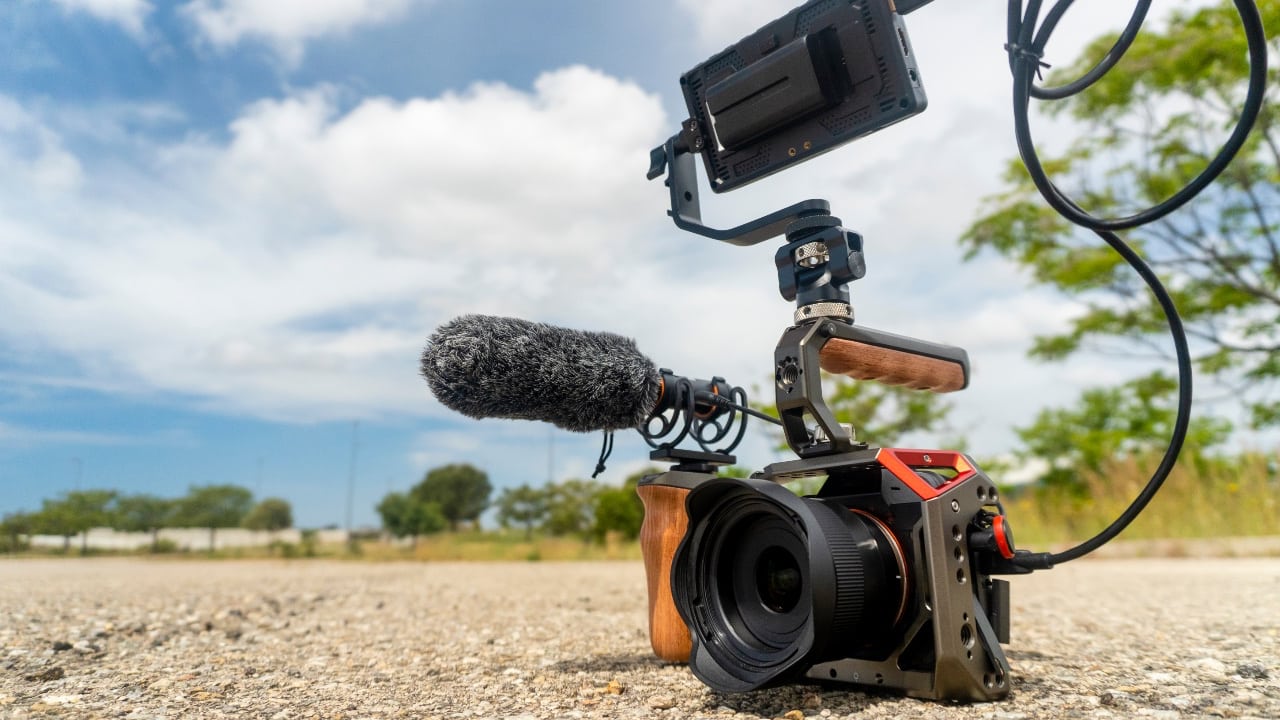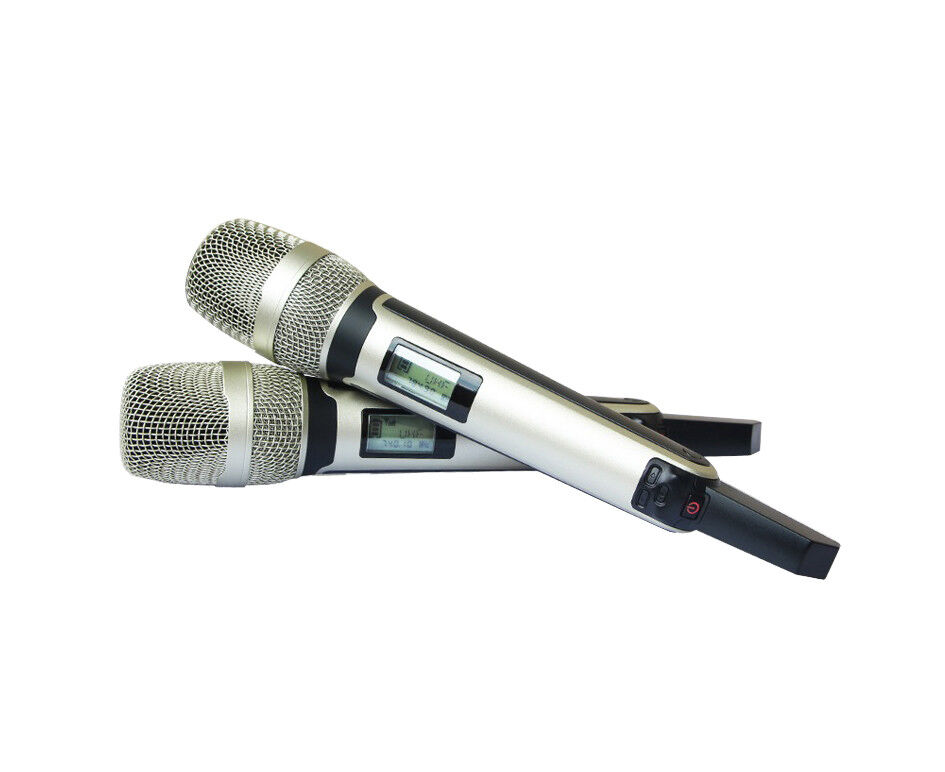When it comes to capturing clear and focused audio in a variety of settings, shotgun microphones are a popular choice among professionals and enthusiasts alike. Known for their unidirectional pickup pattern, these microphones are ideal for isolating sound sources from a distance, making them perfect for film production, video creation, and live broadcasting. However, optimizing your shotgun microphone setup is crucial to achieving the best audio quality. This guide provides essential tips on positioning, accessories, and settings to help you enhance your recording experience.
Positioning Your Microphone Correctly
Finding the Sweet Spot
The key to maximizing your shotgun microphone’s capabilities lies in finding the optimal position for it. Ideally, the microphone should be aimed directly at the sound source, positioned just out of the camera’s frame for on-camera work. The distance depends on the specific situation but aiming for close proximity without compromising the visual is a good rule of thumb. Experiment with angles and distances to find the sweet spot where the audio is clear and the ambient noise is minimized.
Utilizing Boom Poles for Flexibility
For dynamic recording situations, mounting your shotgun microphone on a boom pole can significantly improve flexibility and reach. This setup allows you to maneuver the microphone closer to the sound source while keeping it out of the shot. It also enables quick adjustments to accommodate movement or changes in the environment, ensuring consistent audio quality throughout the recording.
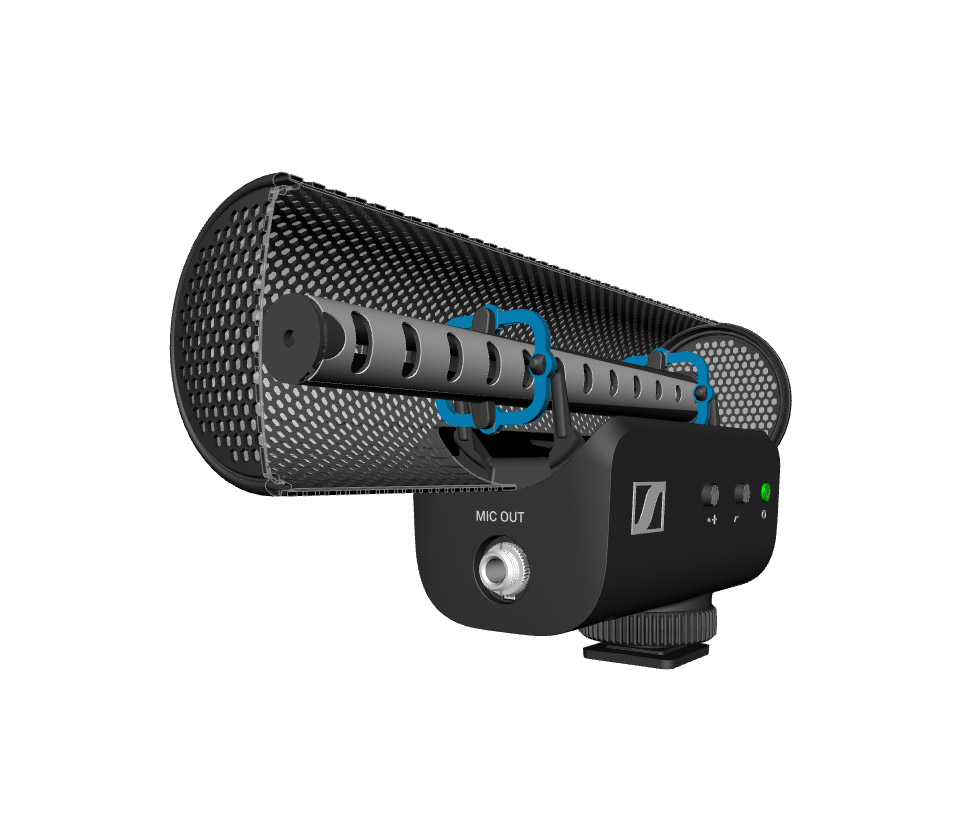
Enhancing Quality with Accessories
The Importance of Shock Mounts and Windshields
Accessories can dramatically reduce unwanted noise and protect your audio from environmental factors. A shock mount is crucial for isolating the microphone from handling and vibration noise, particularly when using a boom pole or during mobile recording sessions. Windshields and windjammers are essential for outdoor recordings, as they shield the microphone from wind noise, which can overpower the intended audio. Selecting high-quality accessories that fit your microphone model will make a noticeable difference in sound clarity.
Implementing Pop Filters for Vocal Clarity
When recording speech, using a pop filter can greatly enhance vocal clarity. Pop filters act as a barrier between the speaker and the microphone, reducing plosive sounds that can cause peaks and distortions in the audio. Although more commonly associated with studio microphones, incorporating a pop filter into your shotgun microphone setup can be beneficial when recording dialogue, narrations, or interviews.
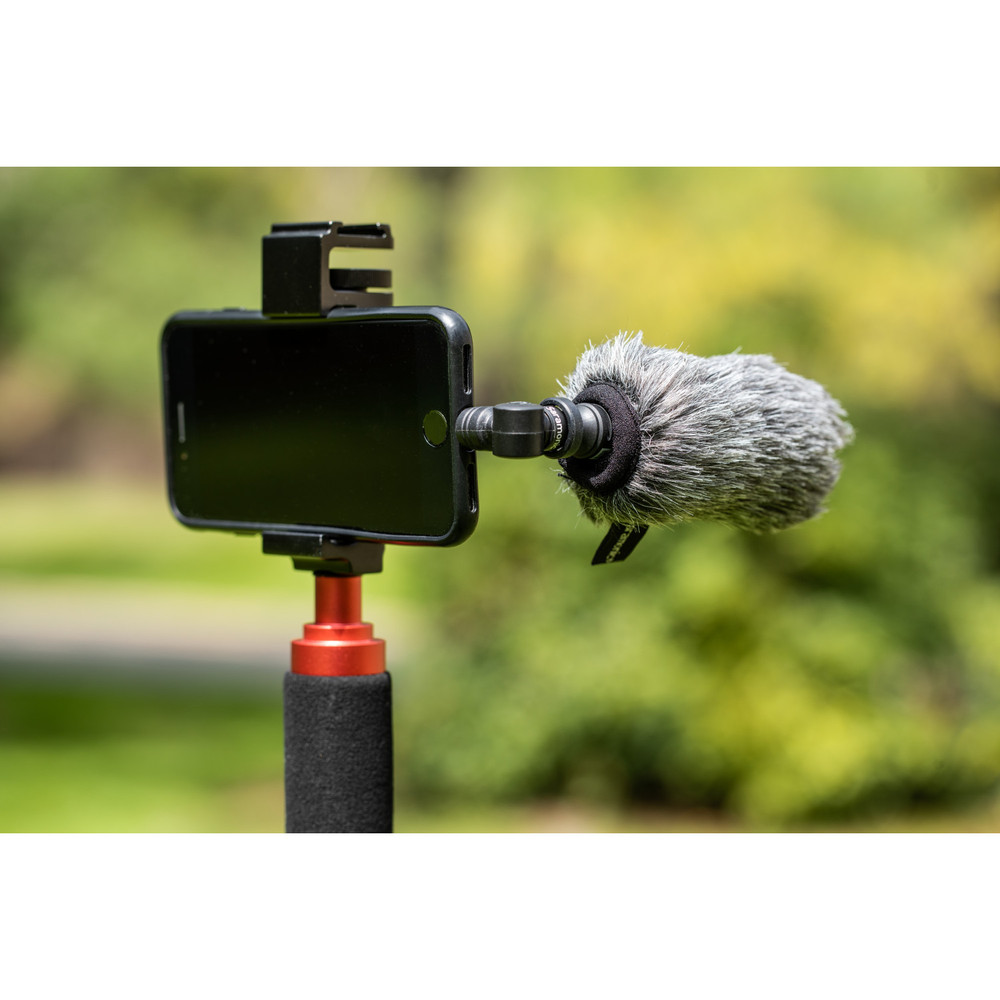
Setting Up for Optimal Performance
Adjusting Audio Levels and Gain
To optimize your shotgun microphone setup, paying attention to audio levels and gain settings is vital. Start by setting the input gain on your recording device to a level that allows clear capture of the sound source without clipping or distortion. Monitor levels through headphones during recording, adjusting as necessary to adapt to variations in volume or distance from the source. Proper level management ensures the cleanest signal possible, making post-production easier and more effective.
Choosing the Right Recording Environment
The environment in which you record can significantly impact the quality of your audio. Whenever possible, choose recording locations with minimal background noise and favorable acoustics. Indoor spaces with soft furnishings and minimal echo are ideal for controlled recordings. When recording outdoors, seek out locations with natural sound barriers or record during quieter times of day to reduce interference from wind, traffic, and other ambient noises.
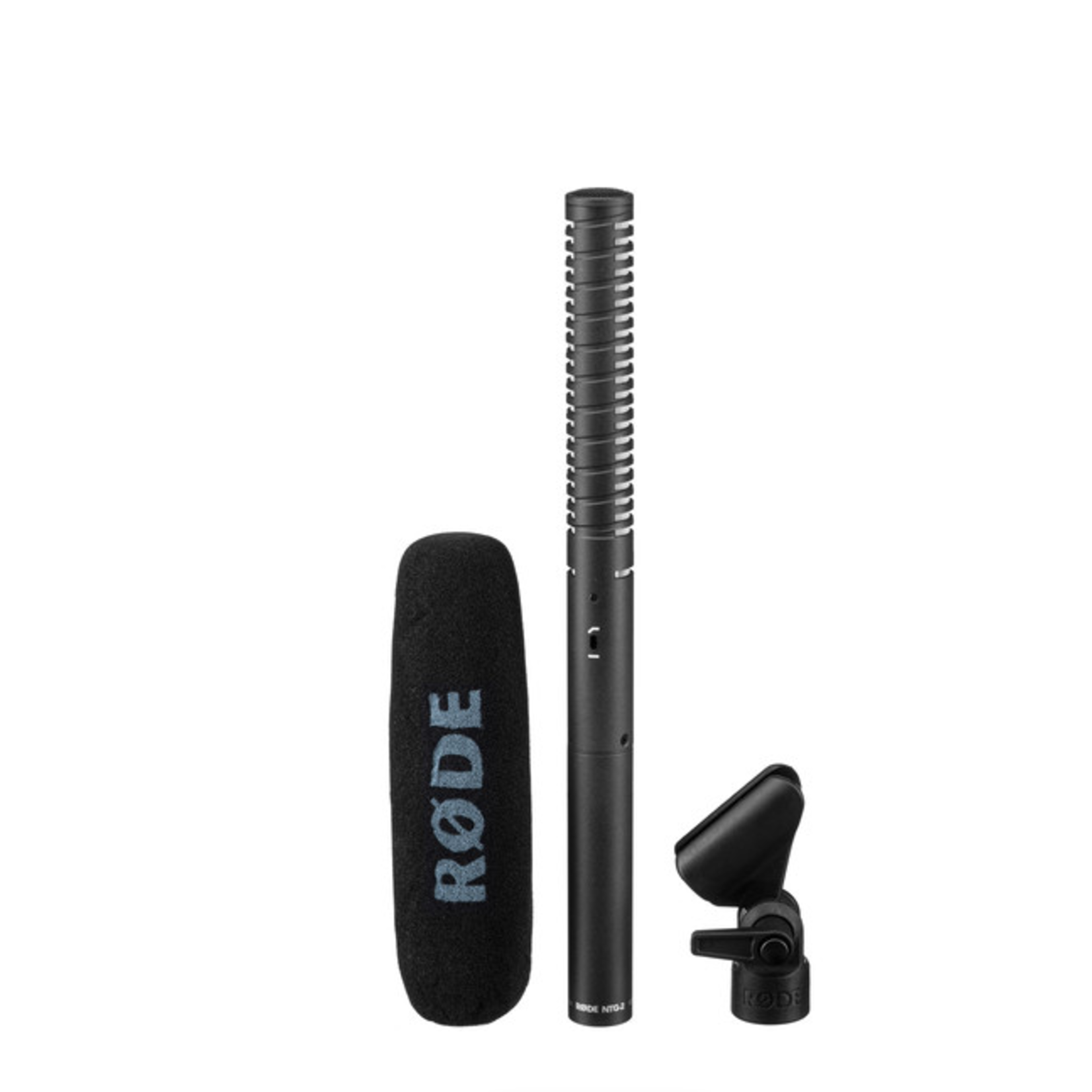
Adapting to Multi-source Environments
Calibrating for Complex Situations
When dealing with environments where multiple sound sources exist, it’s essential to calibrate your shotgun microphone to focus on the desired audio. This might involve adjusting the pickup pattern if your microphone has variable settings or altering its position to best isolate the subject. Be mindful of the surrounding noise and consider using directional accessories like blimps that provide extra sound isolation.
Synchronizing with Other Equipment
In multi-microphone setups or when integrating with other audio equipment, synchronization is key. Ensure your shotgun microphone is not picking up audio that will clash with other microphones or sources connected to your recording system. This might require phase checks and time alignment to ensure that all audio signals work together coherently.
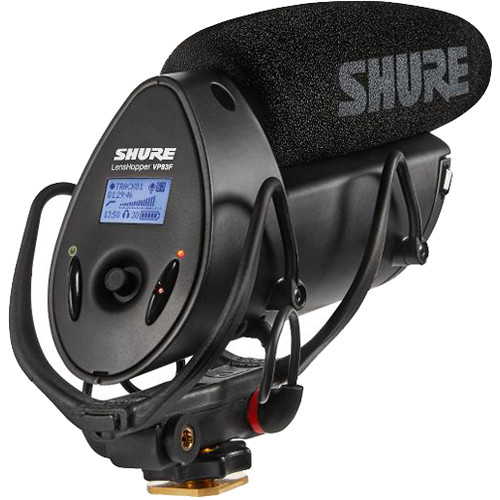
Leveraging Advanced Recording Techniques
Exploiting the Off-axis Rejection
A shotgun microphone’s strength lies in its ability to reject off-axis sounds. While positioning for direct capture, also pay attention to what the microphone is inherently rejecting. Appropriately angling the microphone away from unwanted noise sources can help in capturing a cleaner primary audio signal.
Implementing Backup Audio Sources
For mission-critical recordings where retakes might not be an option, setting up backup audio sources can save the day. Utilize lavalier microphones or secondary recorders as backup or supplemental audio feeds. This ensures you have alternatives in case of unforeseen issues with the main audio captured by the shotgun microphone.
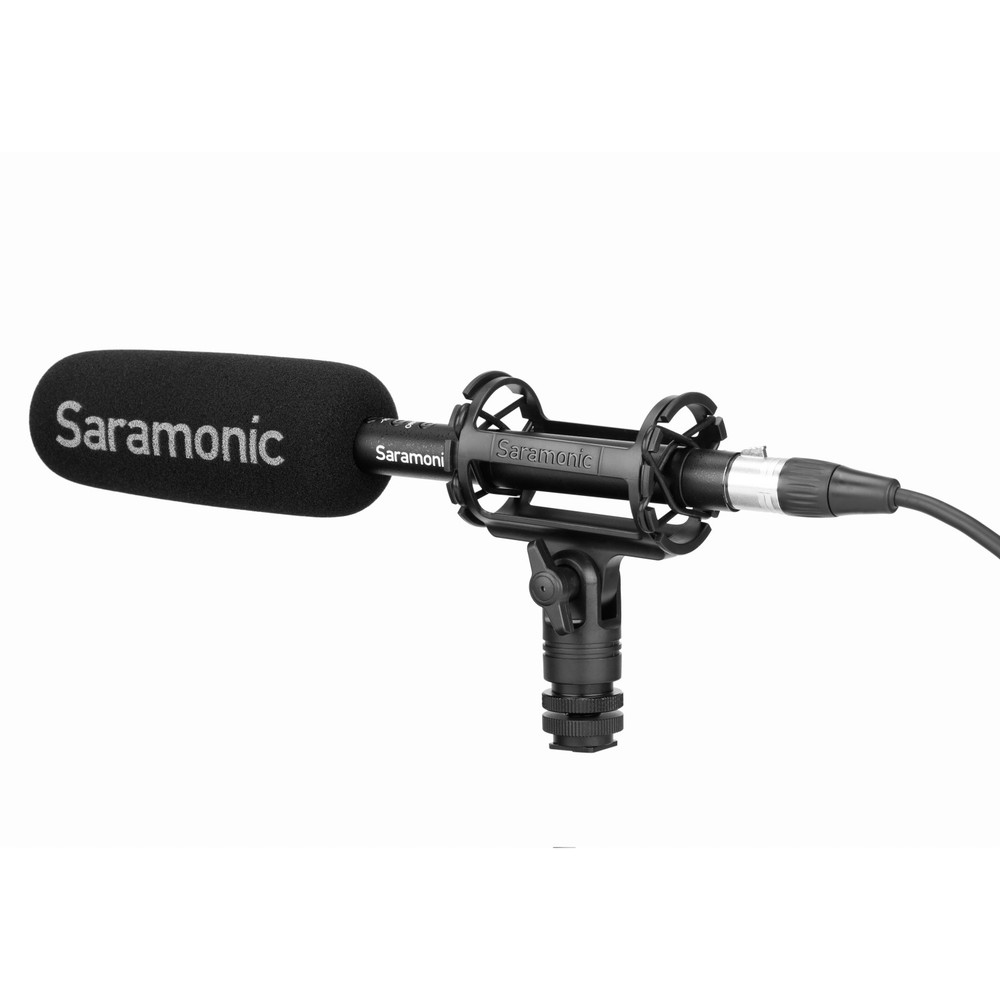
Understanding the Limits of Your Gear
Recognizing Situational Constraints
Every piece of audio equipment has its limitations, and shotgun microphones are no exception. Recognize when the environment or situation might be beyond the capabilities of your setup, such as extremely noisy locations or when recording sounds at great distances. In such cases, alternate methods or additional soundproofing measures might be necessary.
Embracing Post-Production Solutions
Despite optimal setup, some audio imperfections may still need to be addressed in post-production. Software tools can help clean up noise, refine clarity, and enhance the overall quality of your recordings. Understand and embrace these tools as part of the audio production workflow to make the most of your shotgun microphone’s captured audio.
Keeping Your Gear in Top Shape
Regular Maintenance and Care
To ensure your shotgun microphone setup continues to produce high-quality audio, regular maintenance and care are imperative. Keep your gear clean and protected from dust and moisture. Check and replace cables, batteries, or other components that exhibit wear or could potentially compromise the audio integrity.
Staying Updated with Technological Advances
Audio technology is continually evolving, and staying updated with new developments can offer further enhancements to your setup. Manufacturers often release firmware updates for digital microphones or new accessories that can improve performance. Stay informed and consider integrating these advancements into your setup to maintain a competitive edge in audio quality.
Maximizing Your Microphone’s Potential
Practice Makes Perfect
Mastering the art of optimizing your shotgun microphone setup requires practice and experimentation. Take the time to test different positions, accessories, and settings to understand how each variable affects your recordings. By developing a keen ear for audio quality and a deep understanding of your equipment, you can make informed decisions that elevate your audio production work.
Investing in Quality for Long-Term Benefits
Finally, remember that investing in a quality shotgun microphone and accessories is just as important as mastering the setup itself. High-quality gear not only performs better but also lasts longer, offering reliability and consistency across various projects. By following these guidelines and continually refining your setup, you’ll be well-equipped to capture exceptional audio that complements your visual content, enriching the overall experience for your audience.
